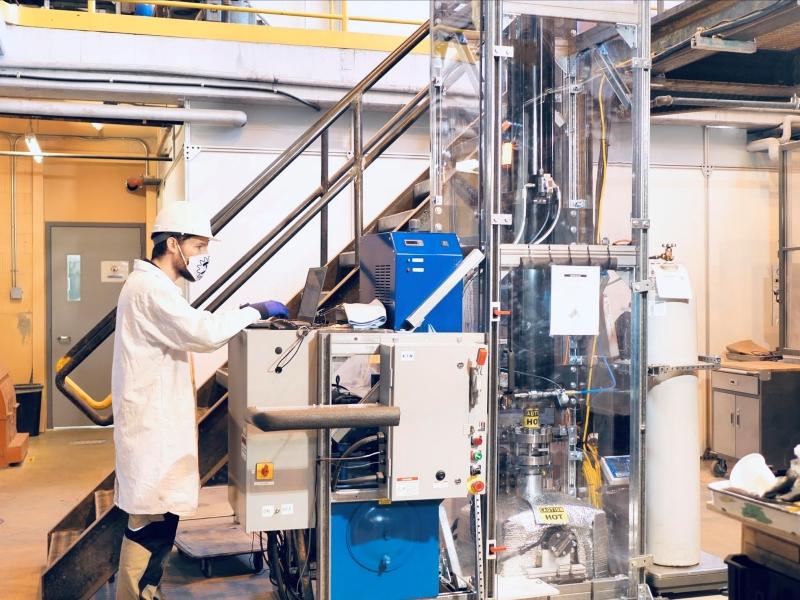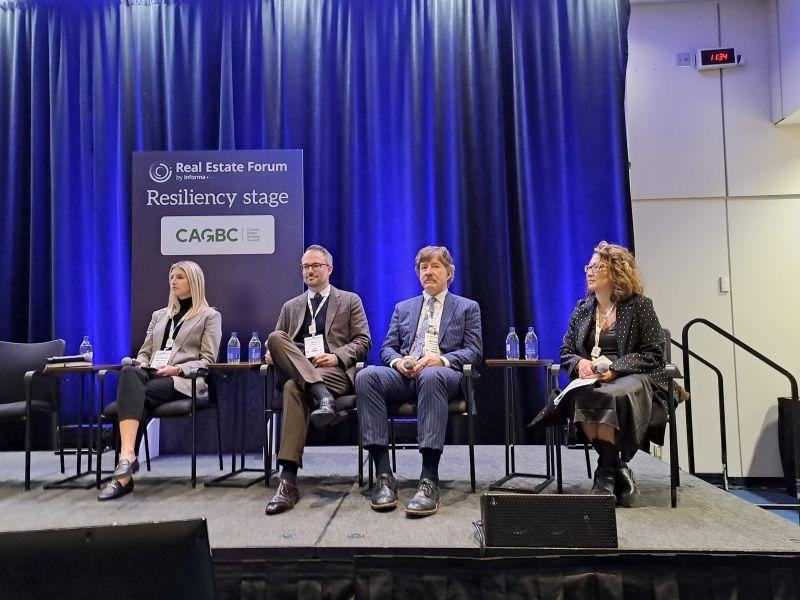
Pathways Alliance, which represents Canada's six largest oil sands producers, has an evaluation agreement with the Alberta government for a proposed carbon storage hub that is pivotal to the consortium’s net-zero goal.
The agreement allows immediate testing to assess the geological carbon capture storage (CCS) hub's sequestration capabilities and suitability. Field work is to start this winter, according to a news release, to support a final application for the agreement and regulatory approval.
“This agreement marks another significant milestone on the road to finalizing plans for our proposed CCS project in northeastern Alberta and achieving our goal of reaching net-zero emissions by 2050 to help Canada meet its climate commitments,” said Kendall Dilling, president of the Pathways Alliance, in the release.
The Alliance says the geology of the Western Canadian Sedimentary Basin is well suited for the process.
“CCS has been globally recognized as one of the most effective means of reducing industrial greenhouse gas emissions, and Alberta’s geology makes this one of the most ideally suited places in the world to safely inject and permanently store CO2."
The proposed carbon capture storage hub
Pathways Alliance plans to connect the carbon storage hub to a transportation line that will move carbon dioxide (CO2) from 14 oil sands facilities in the Fort McMurray, Christina Lake and Cold Lake regions, and eventually include over 20 facilities.
A document from the Pathways Alliance details how carbon would be captured. First, equipment installed on the flue stack of an industrial facility will separate and capture CO2. Next, the CO2 is liquified and transferred through pipelines to a storage hub. Finally, the liquid CO2 is injected into a saline aquifer underground.
The group, comprised of Canadian Natural, Cenovus, ConocoPhillips Canada, Imperial Oil, MEG Energy and Suncor, represents 95 per cent of Canada’s oil sands production.
A previous news release pegs the cost of the proposed carbon capture site at $16.5 billion by 2030. Combined with $7.6 billion on other emissions reductions projects, the investment would total $24.1 billion.
Pathways Alliance said the investment tax credit for carbon capture announced in the 2022 Fall Economic Statement is “positive and welcome support” and is actively discussing other programs such as the Net Zero Accelerator/Strategic Infrastructure Fund for assistance.
Helping Canada’s oil sands get to net-zero
The proposed carbon capture site is a critical part of the industry’s plan to slash 22 million tonnes of CO2 emissions from oil sands operations by 2030 and reach net-zero by 2050, the alliance states.
It is part of Phase 1 of the Pathways Alliance plan to reduce emissions to meet the Canadian government’s goal of net-zero by 2050. Phase 1 also includes “significant” research and development to lower the cost of greenhouse gas reduction technologies, deployment of energy efficiency and cogeneration projects and the use of innovative in-situ oil sands recovery technologies.
Phase 1 of the carbon capture project is expected to capture approximately 11 megatonnes of CO2 per year from 11 facilities. In Phases 2 and 3, Pathways Alliance anticipates expansions to up to 40 megatonnes of CO2 per year.










